When to plant beets – for a healthy harvest through the year
Discover when to plant beets to grow this delicious and versatile crop with ease in your own kitchen garden
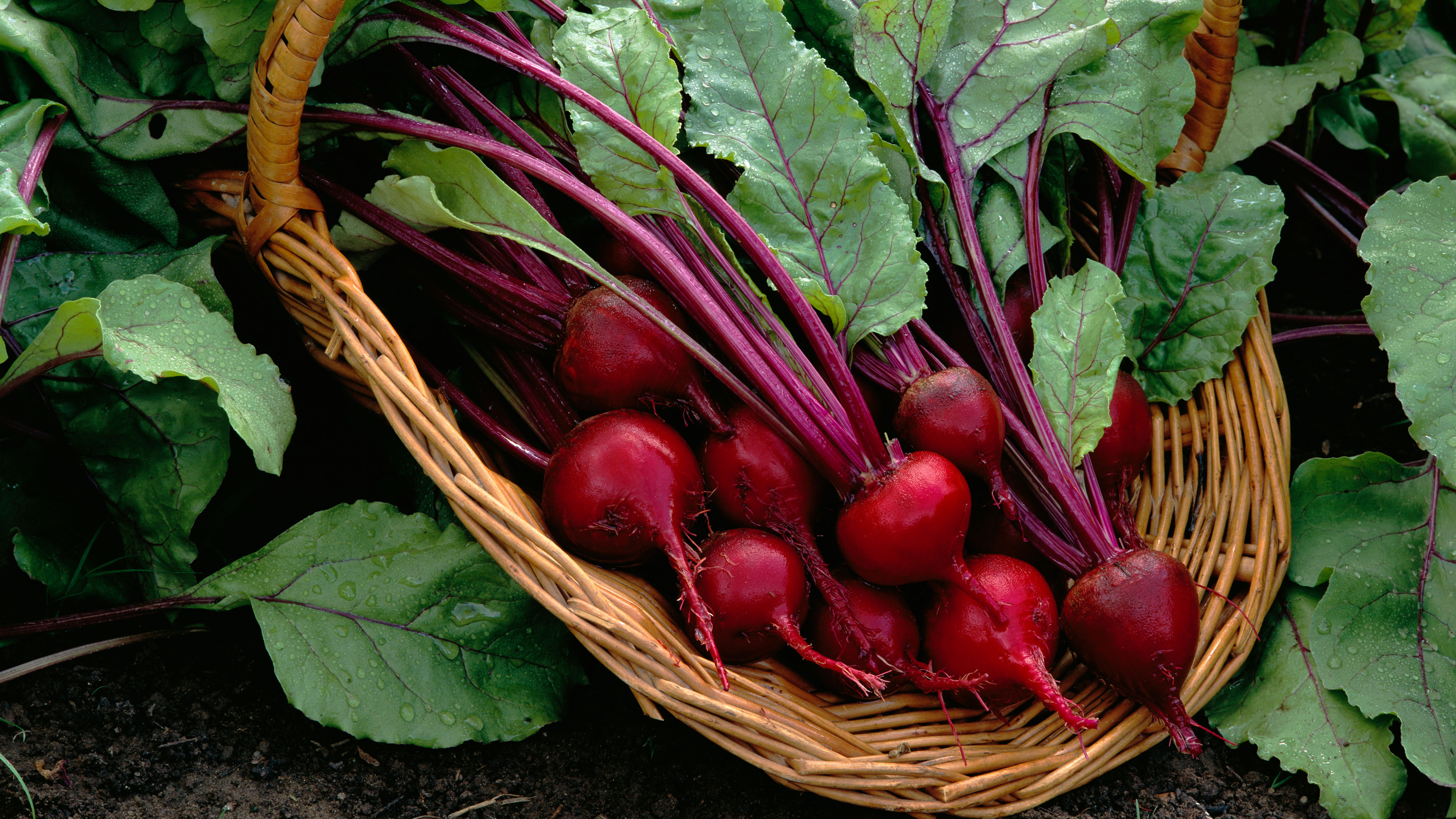
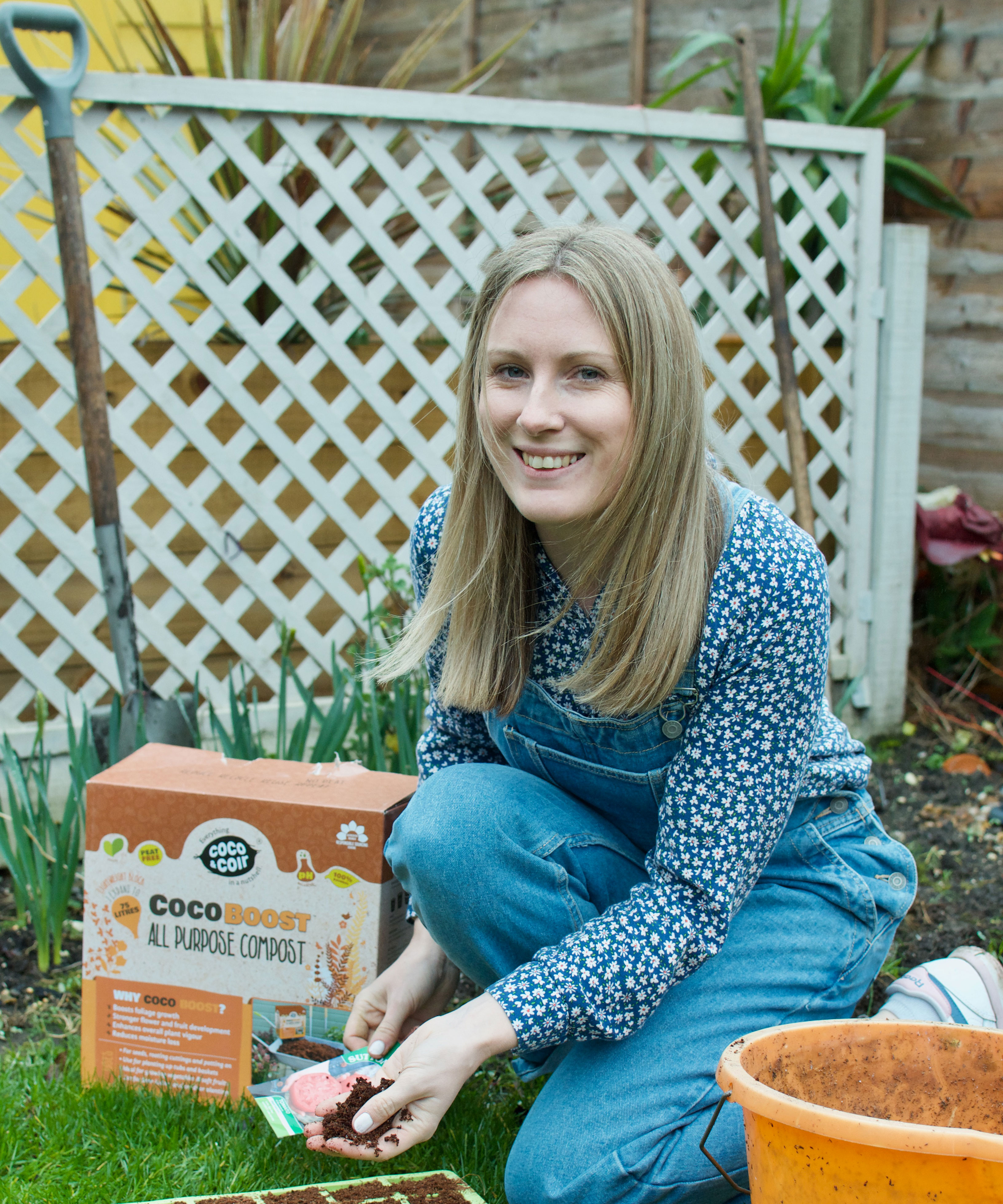
Once you know when to plant beets you’ll be able to enjoy this delicious vegetable freshly grown throughout most of the year.
Beets are a delicious root vegetable, which are dense with nutrients, including potassium, betaine, magnesium, folate, and Vitamin C, plus a good dose of nitrates.
There are so many ways the entire family can enjoy this tasty crop – it can even be used as a natural sweetener in a chocolate cake. With so many incredible recipes to choose from, once you know how to grow beets they make a great addition to any home kitchen garden.
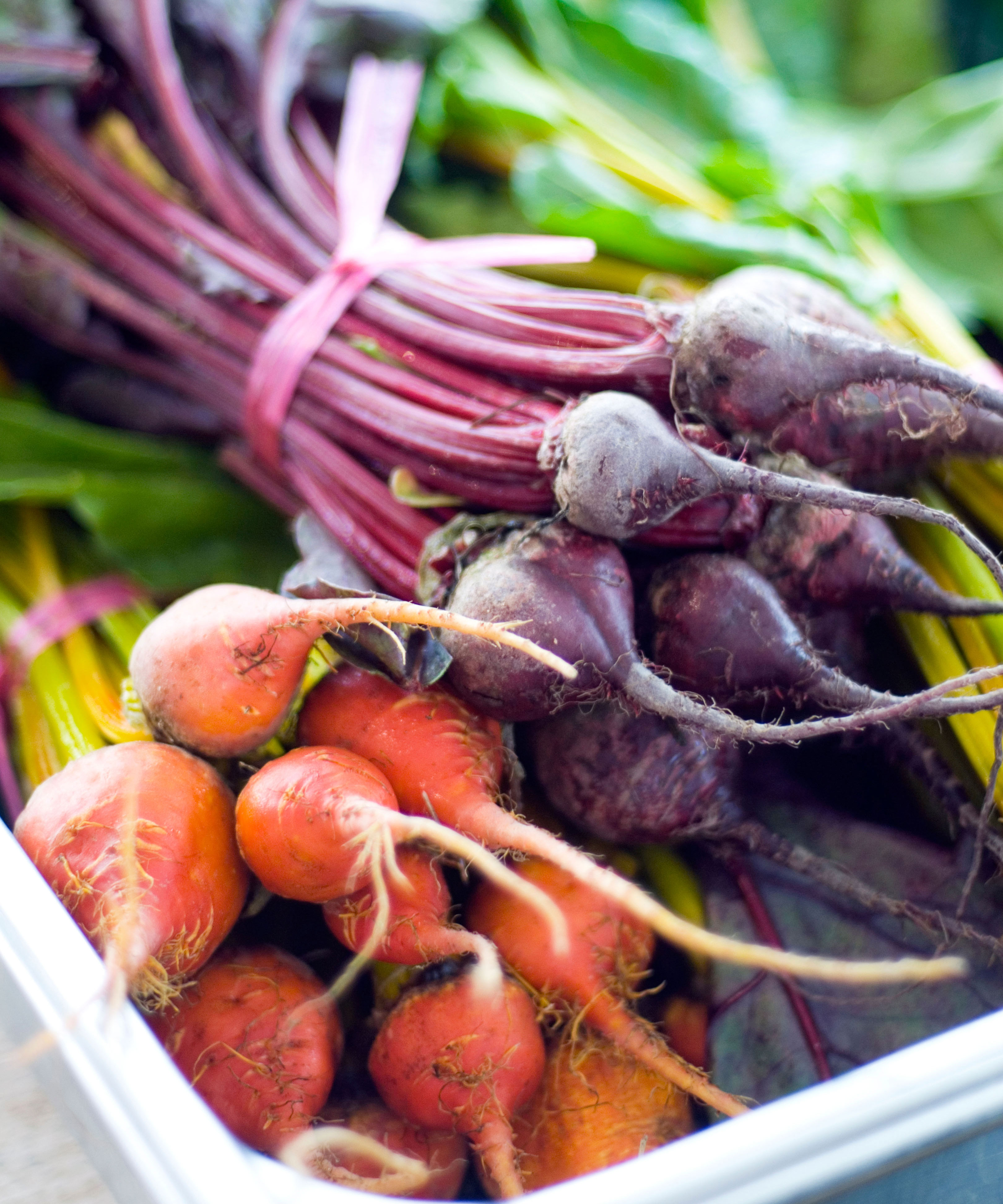
When to plant beets
The best time of year to plant beets very much depends on how you are starting them. You can either direct sow beets as part of your vegetable garden ideas or start them inside when you are planning a greenhouse and then transplant them out later on.
'Beets are a fantastic early season crop when soils are just starting to warm up. Most varieties want to grow in cooler weather when the soil has thawed and frosts have stopped. For when to plant beets if direct seeding, you should wait until soil temps are around 44°F (7°C),' advises Angelo Kelvakis, master horticulturist at Rise Gardens.
However, you can also start seedlings indoors and transplant them out at a later date. This will give your beets a bit of an early start and could result in an earlier crop. Time the planting so you get successive crops of these and other veg by checking when to plant vegetables.
'For transplanting – starting your seeds in a greenhouse, cold frame, or indoors – you can start them 5 weeks before the last frost and soil temps are still cold. Transplanting is a great way to ensure that your germination is successful,' suggests Kelvakis.
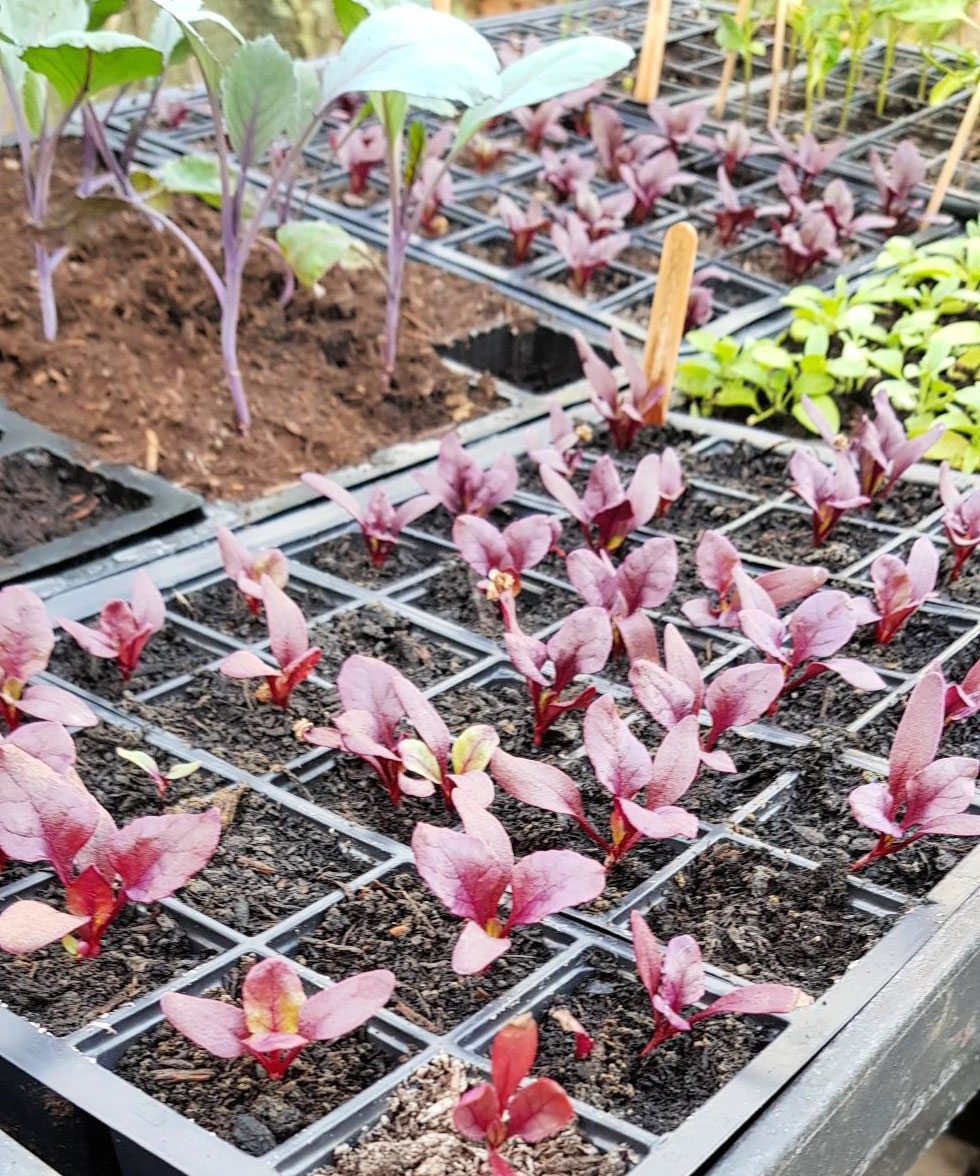
What month do you plant beets?
The best month for when to plant beets can vary. Nick Welsh from Seed Craft advises to 'succession sow from early spring to mid-summer,' to ensure a long crop harvest.
'Beets are an amazing vegetable that are perfect for early and late season growing and can be stored after harvest for up to 6 months,' adds Angelo Kelvakis.
As beets only require a minimum of 44°F (7°C) soil temperature to germinate, they are quite hardy and therefore a brilliant crop to start early in the gardening year.
'Beetroot is among the easiest vegetables to grow, so you almost can’t go wrong as long as you have soil and water,' reassures Nick.
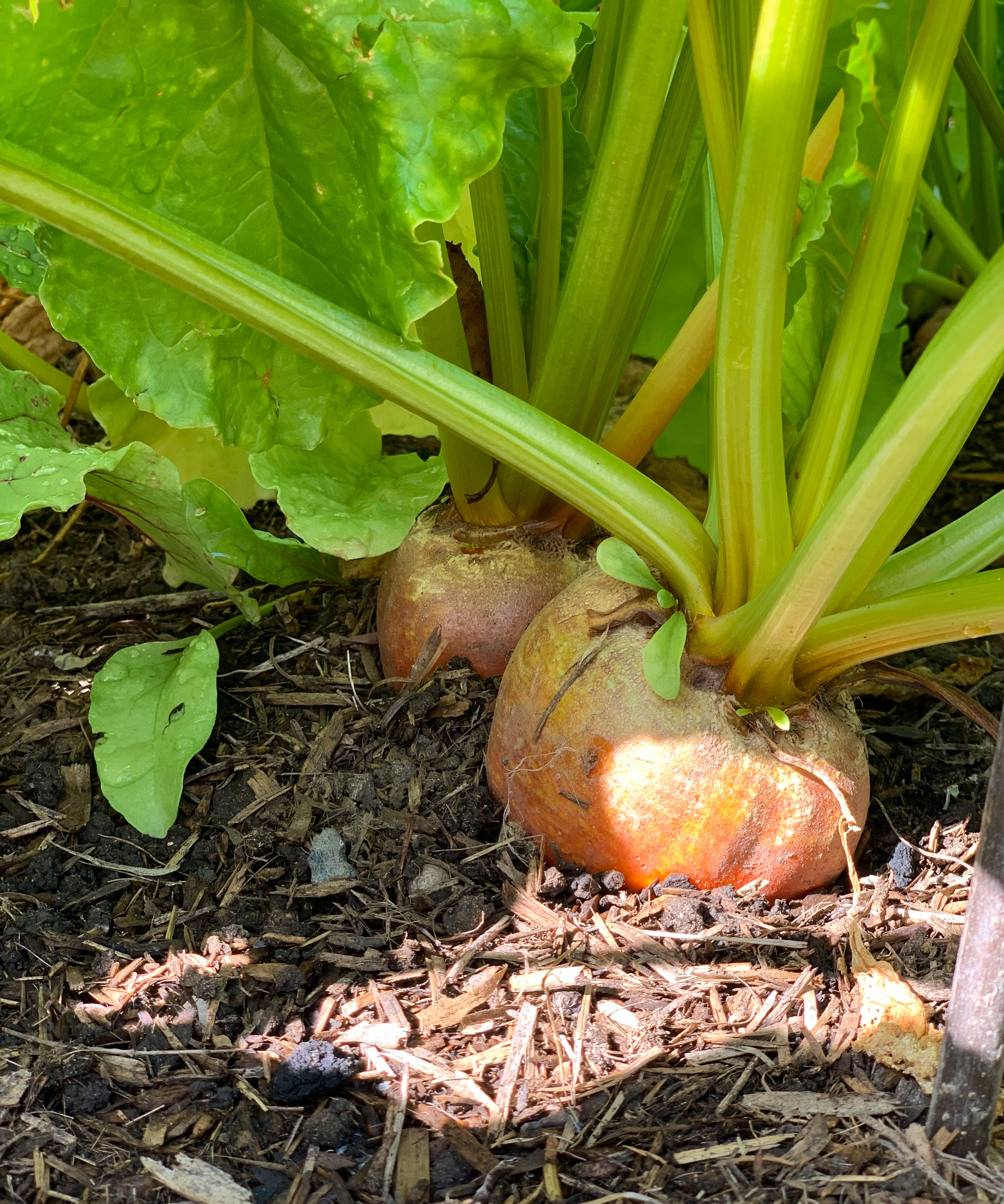
How late can you start beets?
The latest time you can start beets will very much depend on your hardiness zone.
As a general rule, Kelvakis suggests, 'the last time of year for when to plant beets is when temperatures start getting hot. When the summer time hits, it’s time to take a beet break. Beets can handle soil temps up to 84°F (29°C). So be sure to monitor your soil temps with a soil thermometer in the summer time.'
An alternative is to plant beets in containers as part of your vegetable garden container ideas and then you can move the pots to cooler spots if the temperature rises.
If you’ve left it until late summer or fall to start planting your beets, 'you can try using row covers – you can get them at most gardening stores and they can be placed over your crops to increase the air and soil temps. Row covers can get you another month or so of growing, depending on your setup and how cold it gets where you are growing,' advises Kelvakis.
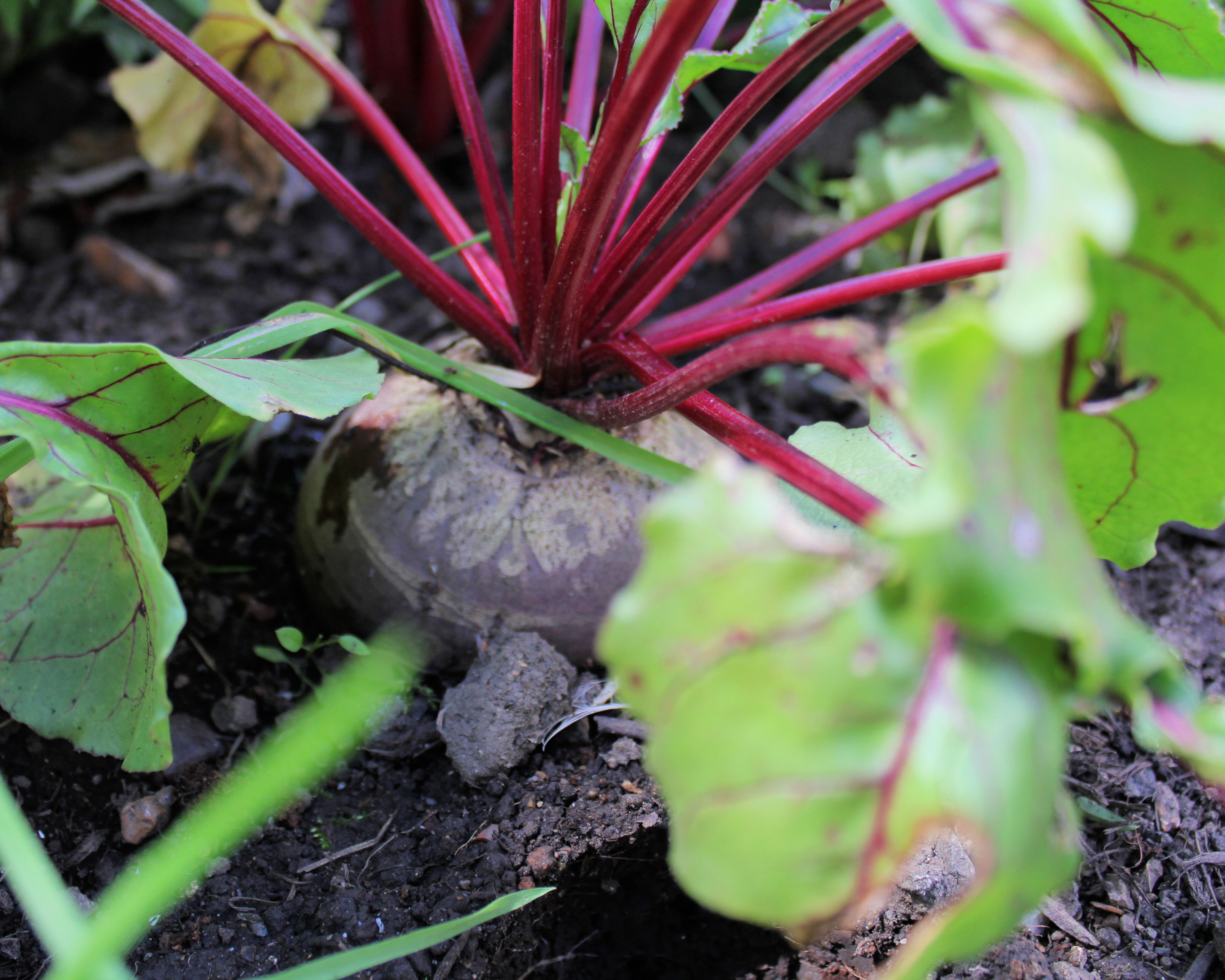
How long does it take to grow beets?
The length of time it takes for beets to grow and reach full maturity very much depends on the variety you are growing, as well as the specific soil conditions of your growing zone.
Nick Welsh suggests you should 'try to sow a different variety each time as this avoids a glut of just one type. There are so many great varieties out there to chose from,' he says.
On average, beets take around 7-8 weeks from sowing to harvest.
Do beets like full sun?
Beets are a shade tolerant crop so are among the vegetables to grow in shade that will fair well in areas with less than 4 hours of sun a day.
'Don’t sow too many seeds as most beetroot are cluster seeds and each seed can produce up to 6 plants,' Nick Welsh advises.
'Do not thin out – just pull alternate roots allowing smaller ones to continue growing.'
Now that you know when to plant beets, you will be able to successfully grow them in your own kitchen garden and should be well on the way to harvesting an abundance of fresh produce.
Sign up to the Homes & Gardens newsletter
Design expertise in your inbox – from inspiring decorating ideas and beautiful celebrity homes to practical gardening advice and shopping round-ups.

Emma received the keys to her first allotment plot in 2019 and has been documenting her progress on Youtube and Instagram ever since. As the allotment grew, so did her love of gardening and her follower count. Emma has a passion for writing and has contributed articles to Kitchen Garden magazine and Life lovers magazine, as well as starting her own blog – the pink shed.
Growing food has become one of her biggest passions and she enjoys sharing her trials and errors with her audience in a funny, honest and informative way.
-
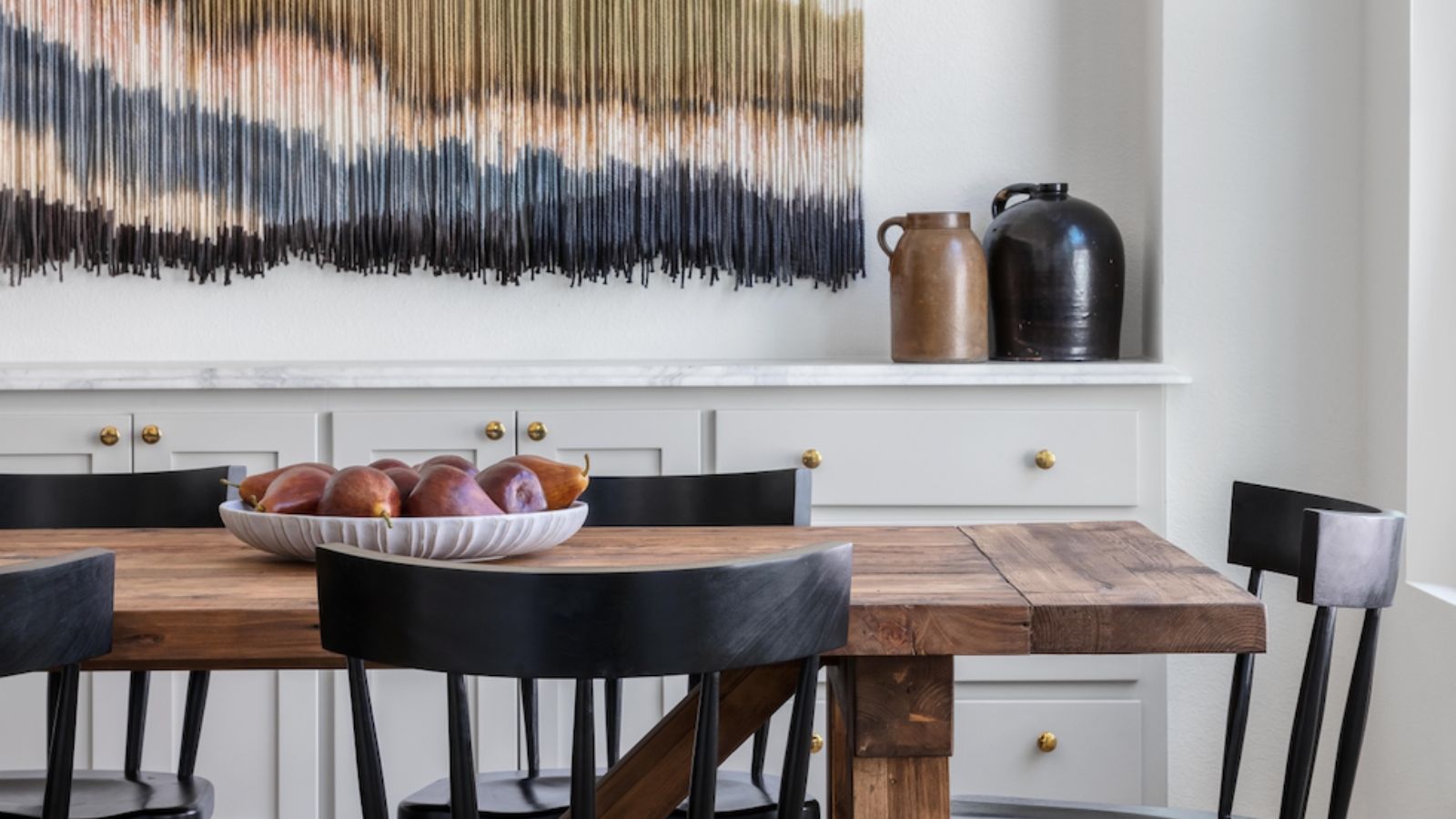 How the 'ODT' method can help you to tackle your overwhelming decluttering checklist – and streamline the process from start to finish
How the 'ODT' method can help you to tackle your overwhelming decluttering checklist – and streamline the process from start to finishAvoid 'analysis paralysis' and tick off tasks quickly and easily by making just one decision at a time
By Ottilie Blackhall Published
-
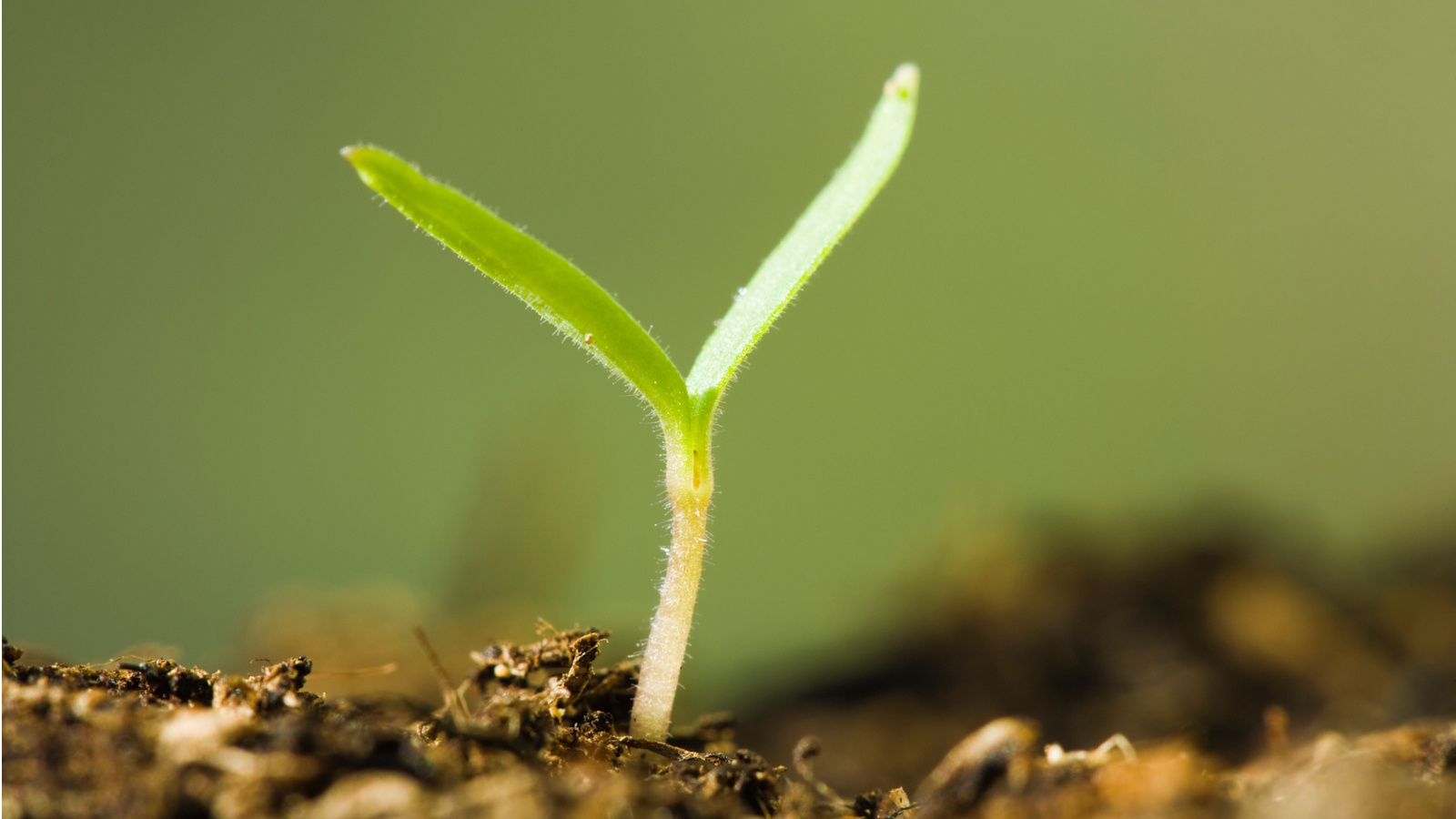 Experts say to only use homemade compost after testing it with this fail-safe method – they say it will guarantee healthy soil and support plant growth
Experts say to only use homemade compost after testing it with this fail-safe method – they say it will guarantee healthy soil and support plant growthSimply grab some fast-growing seeds and observe how they germinate in your compost
By Tenielle Jordison Published